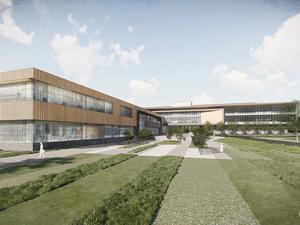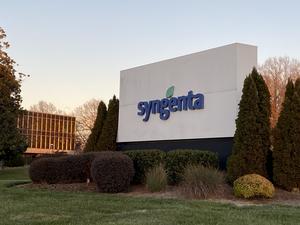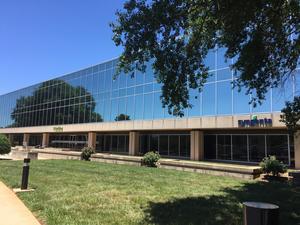
Tuesday’s announcement by Syngenta Crop Protection that it would keep its U.S. headquarters and research facilities in Greensboro marked the end of an 18-month effort by local economic development and elected officials to ensure the company’s investment and 650 jobs remained in the Triad, along with its nearly $70 million annual payroll.
Economic development is a zero-sum game. Win some, lose some. Close doesn’t count. And although Greensboro and the Triad had the home-field advantage with Syngenta Crop Protection’s long-established presence and considerable real estate holdings here, there were no guarantees the company wouldn’t take its ball and play elsewhere.
This is particularly true when a year-long delay in making its intentions known because of Covid-19 left open the gates for potential overtime competition, and when the company already has a presence in Research Triangle Park and other locations around the country, some could continue taking their best shots.
Greensboro Chamber of Commerce President and CEO Brent Christensen told Triad Business Journal he felt comfortable Syngenta would stay put after the company secured approval of $3.6 million in economic incentives from Greensboro and Guilford County in January of 2020, and that such an announcement at that time was imminent.
The pandemic-induced delay in the proceedings, though, always left room for nagging doubt.
Calling economic development a “team sport,” Christensen credited the Economic Development Partnership of North Carolina, Piedmont Triad Partnership, Guilford County Economic Development Alliance, North Carolina Biosciences Organization and local governments for the roles they played in the win.
One day after the company announced it would invest $68 million in its aging 70-acre campus on Swing Road along Interstate 85, and set the stage for potential growth there, Christensen spoke with Triad Business Journal about the process, the company and its importance to the region. Responses to questions were edited for brevity and clarity.
When did you learn about Syngenta’s possible move from Greensboro and what were the first steps you took to keep the company here?
I had a first visit with some corporate officials and some site location consultants in Cary in June of 2019, and the message then was, "we're looking at our facilities around the world, looking at ways that we can be more efficient and more cost-effective and Greensboro is on that list so help us understand how we can continue to do well there from a workforce standpoint as well as a real estate standpoint." They had previously moved an operation in the Chicago area, so there was precedent for them picking up and moving. There was definitely concern on our side and I was on the phone the whole way back starting to line folks up and figure out what real estate options might be available.
I talked to public officials about the need for programs, in this case for keeping jobs rather than adding jobs. I feel like there will be jobs added in the future and obviously their campus is going to have the potential to do that, although there are no plans now. The first thing you’ve got to do is take care of what you've got, and this project shows what our community can do to work with a large employer when given the chance. We worked hard to show them how much we appreciate them being here, but also making sure that they see a long-term future.
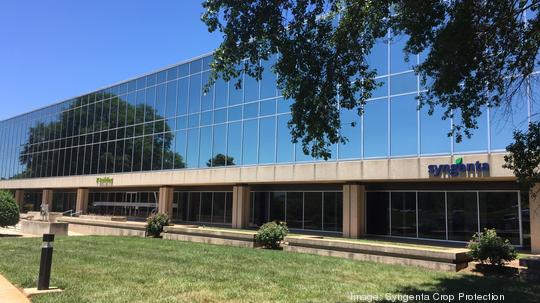
What were the first actions that were taken to try to keep the company here?
We had to assemble a StrikeForce team because we didn’t think we had a whole lot of time and we knew we had to really put our best foot forward. We knew that things would change with the pandemic, but I think pretty much everything had been nailed down by the time the pandemic hit. The incentives were voted on in January. The deal was pretty well struck, I would say, by the time the pandemic hit and then we just had to wait. Thank goodness it was a pause button and not a stop.
I think we were comfortable that our community was going to be the location. We didn't quite know exactly where that was going to be at the time because there were multiple real estate options on the table. But I think we were all comfortable at that point.
But because there were no real estate commitments at the time, it wasn’t etched in stone, correct?
There are opportunities for anything in economic development projects. Like everything else, you fear the unknown. A delay gives more opportunity for unknown things to pop up while you're waiting, but I will say that the company kept us very well informed and checked in on a regular basis. We made sure that they were getting everything that they needed. So it wasn’t keeping me up at night because I felt like we were in good communication, but until something's a done deal, there is always a little bit of nagging that something might change.
There are those who say retaining a major company in a market is of greater value than recruiting a new one. How important is keeping Syngenta here?
We were glad to get an opportunity to keep a headquarters location but it was a nerve-wracking position to be at the precipice perhaps of losing 650 jobs that pay on average of $107,000. All of us in the community know somebody who works for Syngenta. They’re friends, Little League baseball team coaches, music teachers in their off time and they’re just woven throughout the community. They’ve been here such a long time.
Looking at their campus you can really tell when this building was built, and I think what the company is looking for is a real showplace to be able to bring in the next generation of researchers and personnel, and for their customers as well. Going back to the risk of losing 650 employees, the ripple effect throughout the local economy would have been enormous. From small business purchases to restaurants to flying in and out of our airport, there just was so much at stake for us.
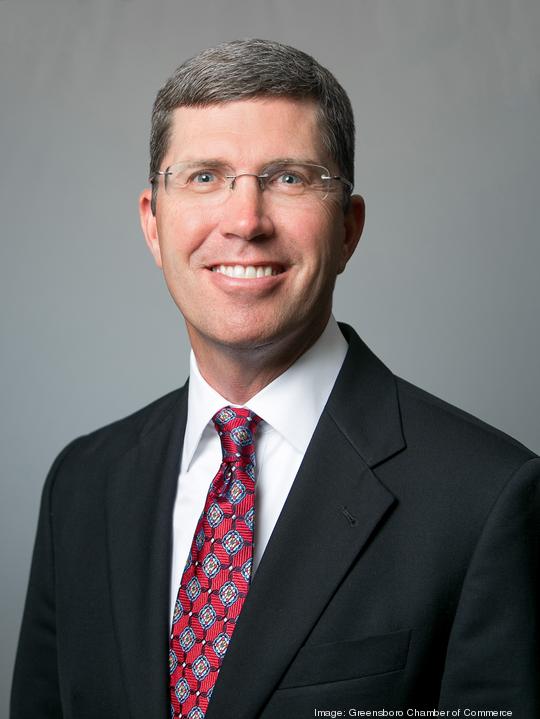
Generally speaking, how much of a home field advantage is it for the company to already be here. Is it easier to stay put than to move an operation of that size?
I can’t speak for the company, but I think it’s good news if a company is already here and if you have a great community that's willing to partner with them and make sure that their future is bright. We've got a great community with public and private leaders, all who have to step up to the plate and partner with Syngenta on their future. And I think that really played out well for us. I certainly do think that there was an opportunity for us to lose it. This was a collective decision between their folks at the local level and then national and, in this case, international level. But if the local workforce and the local leaders of a company aren't happy, that’s going to make it very difficult for you to keep those jobs.
Are you suggesting that if the community is not an attractive place to be, it doesn’t matter if it’s difficult to move a large operation and it will move anyway?
We’re seeing examples of that all over these days, and companies trying to find really strong locations for next generation of workforce. The new generation is demanding new things from their employers and from the communities in which they work, and so things like outdoor activities, cost of living, ease of getting around, even numbers of dog parks these days are creeping into the equation in terms of preparing a community and a company for a future workforce. We have communities here that are easy to get around in, have great housing costs and great outdoors opportunities. Our communities in the Triad really show well to companies that are looking to attract the next generation of workforce.
In addition to incentives, in what ways can you correlate actions of local governments and business leaders to economic development wins?
Don't discount the revitalization that is going on and continues to go on in downtown Greensboro. You see it in all three downtowns with High Point and Winston-Salem, too. Those kinds of cultural centers with entertainment options and restaurants and stores, and now the performing arts center in Greensboro, are amenities that play well into attracting companies that are looking to attract a young workforce as well. And Syngenta’s location certainly lends itself to being able to live in different communities throughout the Triad.
So the pitch was more regional in nature?
One of the people who was with me that first day when we went we went and visited was Stan Kelly with Piedmont Triad Partnership. He was involved from the beginning and helped with some creative ways of selling the entire region, to approach it as a regional play. There is great opportunity when you sell a region of 1.7 million people, versus just one locality.
This is a good-news story because everybody rallied to the moment and made sure that we didn't lose this one. It took government officials and public and private sectors, not only locally but across the state, to make this happen.
